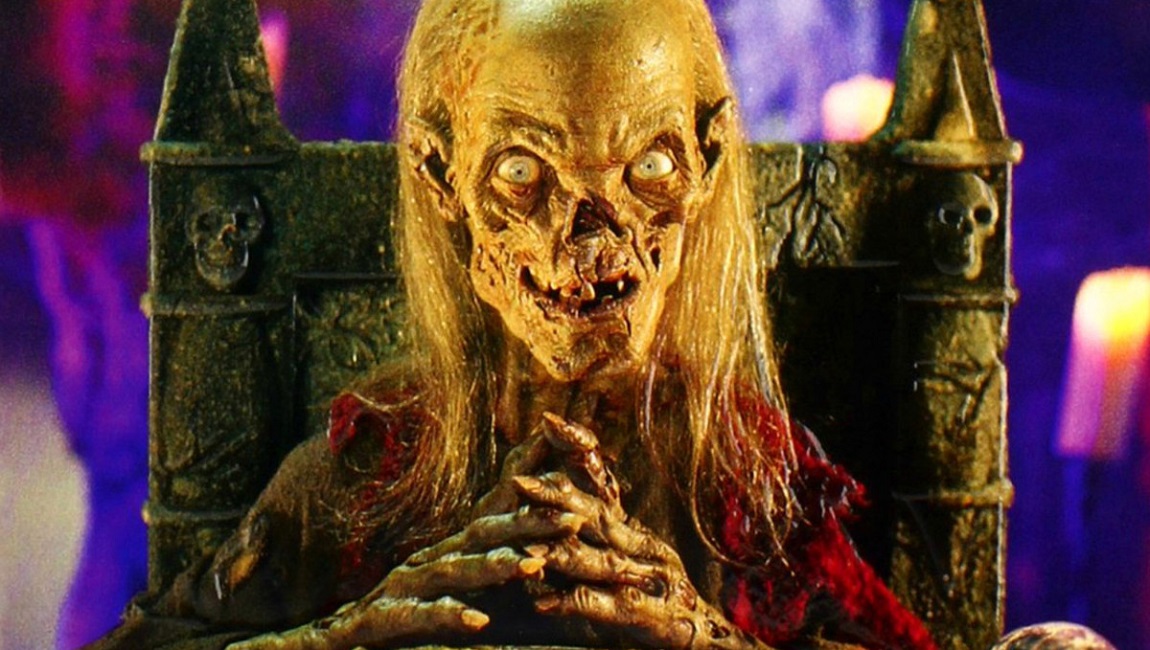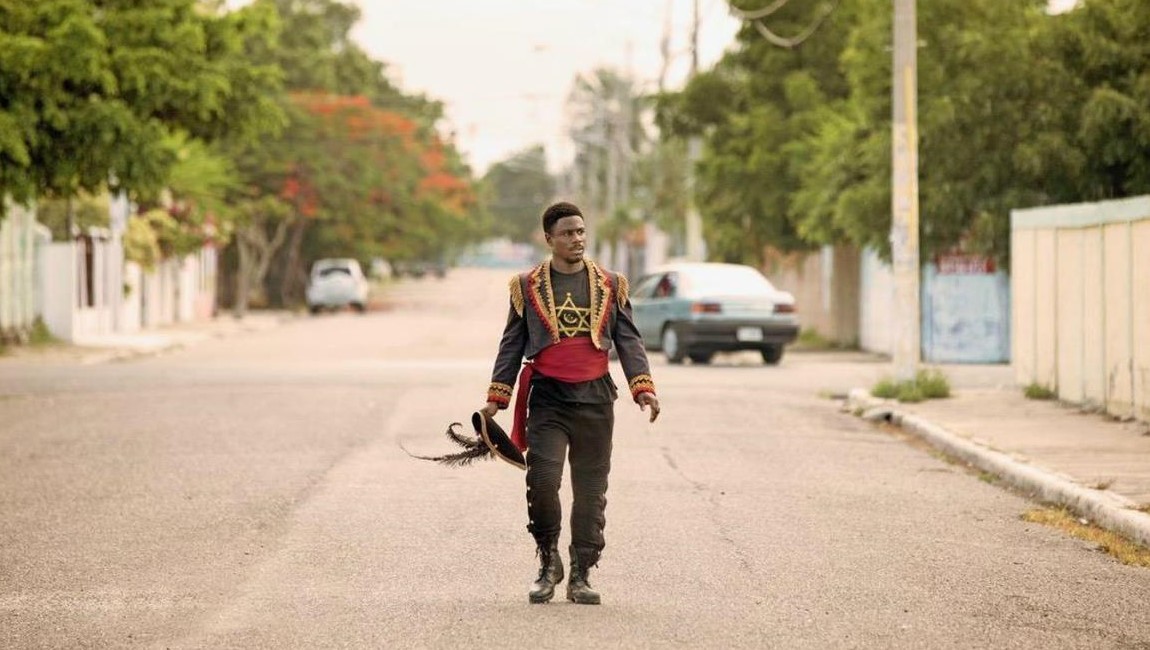While not traditionally associated with the genre in the strictest sense, Robert Zemeckis has always indulged in the tropes and affects of horror even outside of those films of his that do fall into the category (Death Becomes Her, What Lies Beneath). And so it makes sense that he was an executive producer on HBO’s Tales from the Crypt, a horror anthology series adapted from the EC Comics series of the same name. Over the course of its run, Crypt gave a long list of directors the reins to tell short-form horror stories lifted from the pages of EC Comics and spawned a few feature films, like Ernest Dickerson’s extremely entertaining Demon Knight. Zemeckis would himself get behind the camera for the show three times, each time doing something completely different from, but thematically coherent with, the last. Where his first episode is a horror picture, straight up, the next two aim for something more existentially terrifying than necessarily thrilling. Taken together, the three episodes form an anthology that finds an artist in transition from his early days as a genre blockbuster wizard into his more prestigious period and beyond. Indeed, nearly all things that Zemeckis is — the cinephile, the wizkid Spielberg protegé, the ironist, the tech fetishist — are represented in these shorts.
The first Zemeckis episode, and the second ever of Crypt, is And All Through the House, a Christmas-themed home invasion thriller. A woman (Mary Ellen Trainor) murders her husband on Christmas Eve with a fire poker before she is herself stalked by an ax-wielding man in a Santa costume. With her husband’s unburied body still in the front yard, she’s unable to call the police and must fight for her life, all while her young daughter waits for Santa upstairs. It’s the least textually complicated of Zemeckis’ episodes and the most reliant on genre thrills, but this is hardly a bad thing. All of its scares and gags are quite effective as Zemeckis’ rock-solid expressive direction keeps the many contrivances thrilling rather than tiresome. One sequence finds Trainor reaching for her husband’s gun in a closet while “Santa” makes his way up a ladder to her daughter’s window. She’s unable to reach the gun and, worse, the door knob has fallen off the door, locking her in the closet while her child is in peril. Zemeckis ratchets up the tension so well that it doesn’t matter how silly her entrapment actually is. It’s simply too much fun to care. If there’s not a lot to sink your teeth into, it’s hard to ask for much more from a 20-minute game of Holiday cat-and-mouse.
Zemeckis returned to the show a few years later with Yellow, a much more grounded and talky follow-up that is likely the best of this crop. Returning Kirk Douglas to the trenches of the first World War in a Paths of Glory homage, this episode is not a traditional horror story, but instead a war drama that finds the macabre in history taken for granted. Eric Douglas plays a lieutenant under his father’s command whose fear of death has turned him into a coward. Ordered by his father on a reconnaissance mission, his cowardice results in the death of his men. For this he is court-martialed and ordered to die by his own father. The scares here are obviously not jump scares or ax-wielding maniacs, but simply the horrors of war and what happens when nepotism and conscription collide. The general, a largely absentee father, had forced his son into the Army and elevated him to a command despite his cowardice, eventually putting the two at opposite ends of a firing squad.Yellow was made shortly before Forrest Gump and finds Zemeckis shifting his art toward a more “respectable” school of filmmaking. The few war scenes are bombastic — like those in Gump — but largely this is a film of conversations, mostly the exchanges between the two Douglases, that constantly allows for existential terror to build up. Everyone in Yellow is waiting to die, and the only rational response — to be terrified of killing or being killed and want to opt out — is punishable by death.
In the lead up to the Academy Awards that would see a Forrest Gump Best Picture win, Zemeckis’ third and final episode premiered. You, Murderer finds Zemeckis returning to the noir of Roger Rabbit with an all-star cast led by the long-dead Humphrey Bogart, resurrected by early computer graphics — and the only digital effects to ever be used in Tales from the Crypt. Alfred Hitchcock is similarly revived in the episode’s opening bookend parody of Forrest Gump. But unlike the crass cynicism and money-grubbing that has driven Disney to puppeteer Peter Cushing’s digital corpse in a Star Wars spinoff, contextualized as both a Zemeckis obsession and an early attempt at the technique, Bogart’s appearance lands as a little bit charming in a “gee whiz, he can do that?” kind of way. Besides, it just looks plain bad rather than uncanny, so the same stomach-churning feeling isn’t allowed in.
“Bogart” plays an ex-con who has had facial reconstruction surgery in order to look like Humphrey Bogart, though we only see his face in mirrors as this episode is presented entirely from a first person POV. This gives Zemeckis plenty of room to play around formally, relying on long takes and inserting a couple of compositions featuring mirrors. Fearful that his wife has found out his identity, Bogart sends assassins to kill her, only for his friends to turn the tables and murder him instead. Through the overcooked voiceover — a two-bit Bogey impression delivering narration that only approaches the most half-baked approximation of noir — we remain with the character beyond death as he watches his killer’s struggle to get away with murder. Each of Zemeckis’ Tales from the Crypt episodes deals in ironic comeuppance, focusing on characters who for some reason or another might deserve their harsh fate, and You, Murderer compounds this a couple of times with a string of crooked characters getting what they asked for. And while this is more film noir than horror story, the dead man retains his consciousness after death, a fate worse than nonexistence as he still feels everything, his conscious body an eternal prison. It’s the existential nightmare follow-up to Yellow’s fearful uncertainty. And so, Zemeckis, a filmmaker often accused of being pat and platitudinous, fittingly ends his time on Tales with a haunting assertion: death is even scarier than you think.
Part of Robert Zemeckis: Movie Magician







